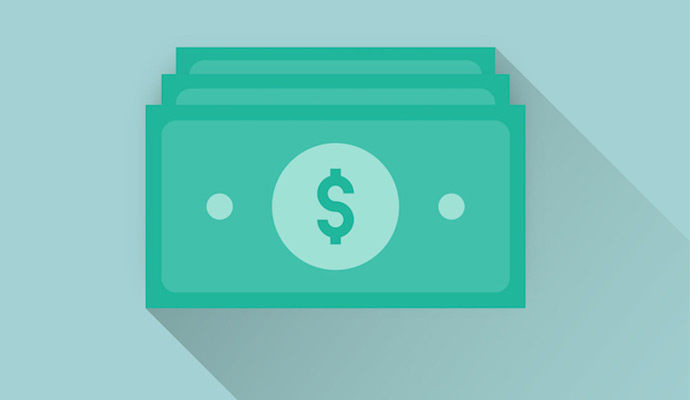Rewards, Cash-Back Programs Incentivize Lower Healthcare Spending
Payers can help motivate members to pursue lower healthcare spending by rewarding them for choosing lower cost providers.

Source: Getty Images
- Payers can reduce unnecessary healthcare spending by incentivizing consumers to choose lower cost healthcare providers, a study from the Pioneer Institute focusing on Massachusetts-based payers discovered.
“Healthcare prices widely vary across Massachusetts, however provider price variation is generally not associated with quality. Just because a service is expensive does not mean that it is of higher quality than a lower-cost service,” the researchers pointed out.
“In the long run, incentivizing consumers to use less expensive providers can help the consumer and the overall system save money.”
Projections for 2020 and 2021 healthcare spending in the US currently vary widely due to the coronavirus pandemic. One Wakely study suggested that it could be anywhere from $30 billion to $546.6 billion.
Industry leaders are agreed, however, that efforts to decrease unnecessary healthcare spending are crucial, both during coronavirus and going forward. Pioneer investigated how price transparency and selecting lower cost providers could influence healthcare spending in Massachusetts.
The study focused on Suffolk County, Massachusetts in fiscal year 2015 using data from the Massachusetts Center for Health Information and Analysis (CHIA). It tracked resident healthcare spending on 16 services, compiled from a list of incentivized services from the Massachusetts Group Insurance Commission and most common services according to CHIA.
Procedures fell into one of three categories: radiology, physical therapy, and colonoscopy. In 2015, Suffolk County spent over $186 million on the 16 shoppable services that the study observed.
Then, the study investigated the cost difference between residents going to providers priced in the top 20 percent and providers in the 40th to 80th percentile for those 16 services.
The county could have saved nearly $22 million in one year by going to lower-priced providers for the same services, researchers found, and around $116.6 million in four years.
Not all consumers would be willing to switch to lower cost providers, the researchers acknowledged. As a result, payers, providers, and states play a crucial role in motivating that shift.
The researchers recommended that payers incentivize members to transition toward lower cost providers through rewards and cash-back programs.
Around 75 percent of consumers are open to cash rewards programs, the study stated, including receiving notifications from payers about how to save money. In the state of Massachusetts, surveys have revealed that consumers trust payers when it comes to healthcare price transparency.
“It is unwise, however, to shift all responsibility onto the consumer. Our healthcare system is so complicated that we are not at the point where a patient can necessarily navigate everything on her own, regardless of background or capability,” the researchers emphasized.
The top three payers in the state of Massachusetts provide examples of how payers can connect consumers to price information, offer discounts and savings, and reward consumers who lower their healthcare spending through less expensive treatment options, the researchers said.
Furthermore, state government should encourage and facilitate greater price transparency enforcement by working with employers, payers, and industry stakeholders.
“State-carrier-employer partnerships on price transparency could result in more access to online price applications and greater use of carrier cost estimator tools,” the study suggested.
These findings come as the healthcare industry at large debates the HHS price transparency rule. Under the rule, payers would have to put real-time, personalized cost-sharing and liabilities price information online and, if members ask for it, on paper. Both in-network and out-of-network prices would have to be clearly displayed.
AHIP has been a vocal opponent of the rule from the beginning. The payer organization has argued that the rule unfairly compels payers to disclose trade secrets.
The American Hospital Association (AHA) challenged the rule in court but the case was dismissed. The organization has made clear that it intends to appeal that decision.
As for consumers, they would prefer personalized and accessible price information, a study by America’s Health Insurance Plans (AHIP) confirmed. However, they do not want more price transparency at the cost of higher premiums and they highly prioritize accuracy and clarity.
The rule goes into effect in January 2021.
